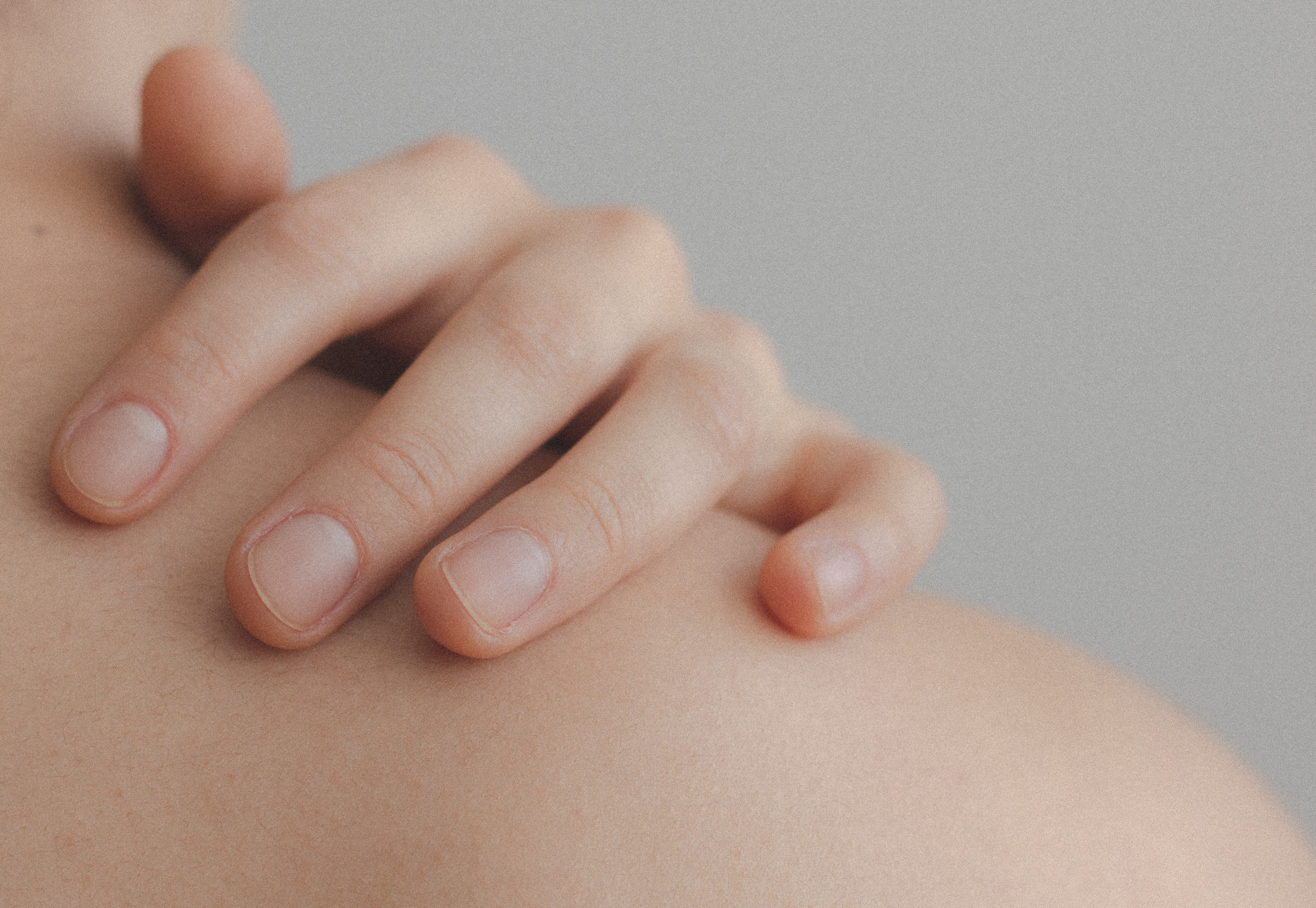
Take this skin quiz to find the best ingredients for your skin and build your skin care routine.
Take The Skin Quiz
Castile soap is a vegan soap made from vegetable oils, as opposed to animal fats. Physically, it is hard and white, and is traditionally made using olive oil and soda. It is gentle on the skin, and the lack of animal fats means it’s a vegan-friendly skin cleanser. Castile soap is so mild, it is often found in all-natural baby soaps and baby skincare products.
Castile soap is a great cleanser for sensitive skin, as it is a gentle and mild ingredient. It is also a great option for those seeking vegan-friendly ingredients.
Castile soap has natural antibacterial properties. The oils found in castile soap penetrate pores to thoroughly clean without over-drying skin.
Additionally, the bar form of castile soap retains some of the natural oils from which it is made and is blended with other beneficial oils. Plant oils rich in monounsaturated fatty acids replenish moisture in the skin, helping to hydrate, smooth, and soothe dry, irritated skin.
Lastly, oleocanthal is a component found in the olive oil from which castile soap is made. Oleocanthal has been shown to have anti-inflammatory effects, reducing the redness and irritation associated with skin concerns like eczema.
One drawback of using it is that it may be a little too mild. While great for removing makeup and superficial dirt, castile soap may not be strong enough to kill the full array of bacteria or fungal infections trapped within pores.
Some users have reported a tight feeling to their skin after using castile soap, and some have noted an overproduction of oil later in the day with certain concentrations of castile.
Castile soap is more alkaline than most dermatologists recommend for acne-prone skin, but in the proper routine and combination with other ingredients (like a proper exfoliant), many people have found castile soap to improve their acne.
For skin problems like acne, clogged pores, wrinkle prevention, your face wash should contain exfoliating ingredients to exfoliate dead skin, so using castile soap alone will not fully address your skincare goals. Additionally, to avoid stripping your skin’s natural protective barrier with regular use of castile soap, you’ll want to balance it with nourishing ingredients and skin-loving oils to nourish the skin.
To make sure castile soap is the right ingredient, in the right concentration, for your particular skin type and skincare needs, take our skin quiz!
Dry skin, also called xerosis, is when the outer most layer of skin, or epidermis, isn’t retaining sufficient moisture. The epidermis is partially made up of epidermal proteins and fats, or lipids, which help to retain moisture. If the proper amount of these proteins or lipids are lacking, moisture will evaporate more quickly and dry skin will ensue.
Also, external and environmental factors, such as weather, cold air, hot and excessive showers and harsh soaps, are notorious for either causing or exacerbating dry skin.
Rosehip oil enhances the appearance of dry or damaged skin by reducing flaking and restoring the overall vitality of the skin. Jojoba oil is also good for keeping in moisture for healthier skin. Hyaluronic acid is another great ingredient for retaining moisture in dry skin.
Acne-prone dry skin is the hardest to treat because anti-acne ingredients like salicylic acid, glycolic acid, retinoid, etc tend to be drying. Instead of avoiding these effective ingredients, you can combine these ingredients with moisturizing ingredients to counter effect the dryness of these ingredients.
Castile soap may be effective for dry skin, but there are many other factors that may affect whether this ingredient would work on your skin or if there are better ingredients that may work for you. Take this skin quiz to find the best ingredients for your skin and build your skincare routine.
Next: Does Oatmeal work on pigmentation ?